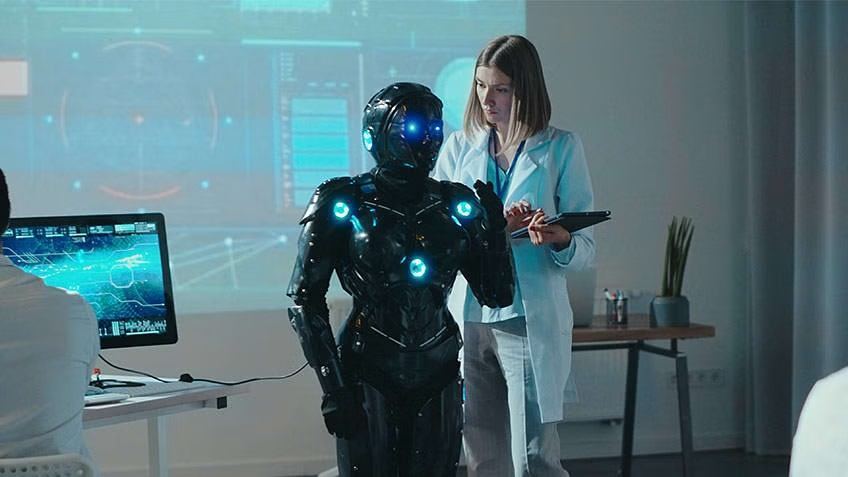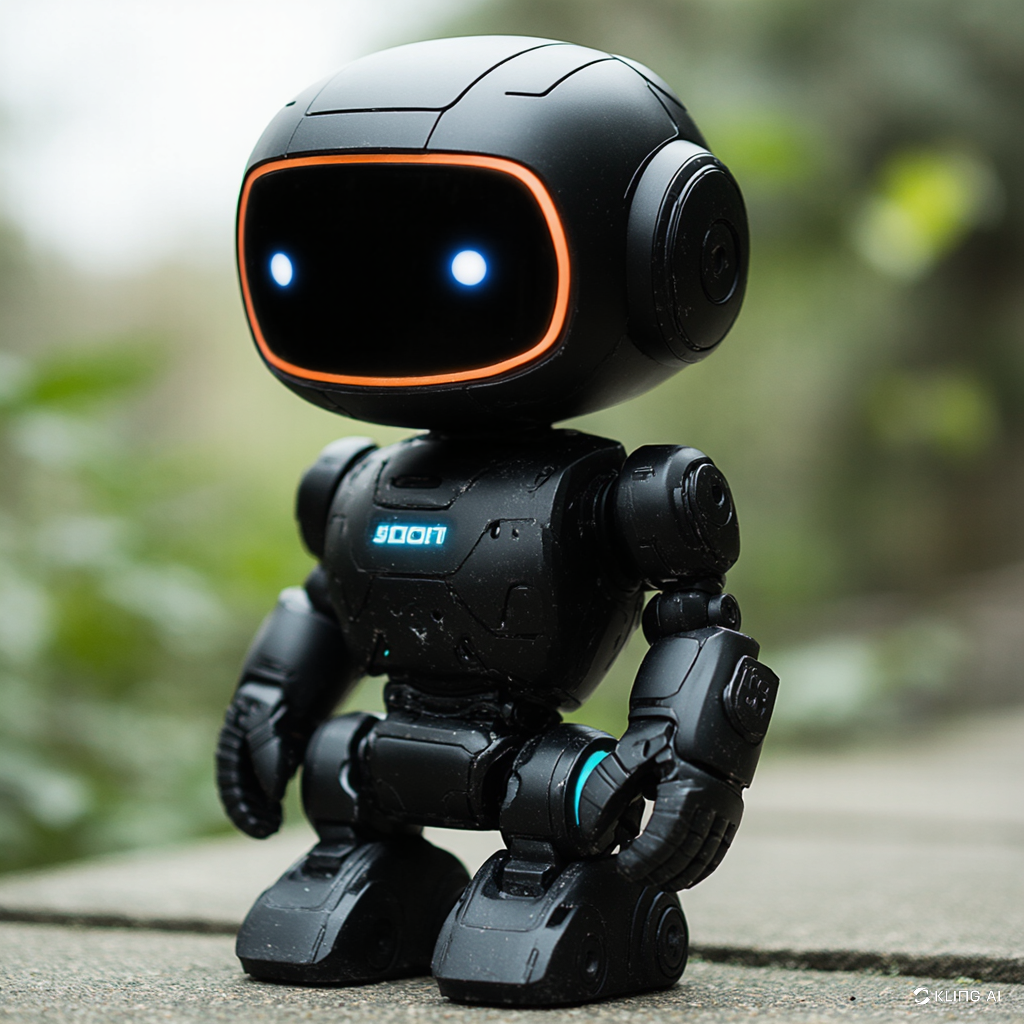Jamil Wormald
Hello! In this blog, I aim to share with you my knowledge, experiences, and ideas about parenting. An important part of my blog are stories and anecdotes from my own practice that will help you improve your parenting skills.
The Future of Robotic Toys: What's Next?
38058 8

Introduction: The Evolving World of Robotic Toys
The world of robotic toys is rapidly evolving, and what was once considered futuristic is now becoming part of everyday play. With advancements in artificial intelligence, machine learning, and robotics, the next generation of robotic toys promises to be even more interactive, intelligent, and immersive. This article explores the future trends in robotic toys and how new technologies will shape the toys of tomorrow.
Artificial Intelligence: Smarter and More Interactive
One of the most exciting developments in robotic toys is the integration of artificial intelligence (AI). In the near future, robots will be able to engage in more natural conversations, recognize emotions, and respond to children’s needs in a personalized way. AI-powered robots will learn from their interactions with children, adapting their behavior and responses over time to create more dynamic, interactive experiences. These smarter toys could form deeper bonds with children, offering not just entertainment but also companionship.
Machine Learning: Robots That Learn and Grow
Machine learning is another technology that will greatly influence the future of robotic toys. Through machine learning, robots will have the ability to recognize patterns in behavior, predict future actions, and make decisions based on past experiences. This will make robotic toys more adaptive and responsive to a child's unique preferences. For example, a robot might learn a child’s favorite activities or games and suggest new ones based on that data, enhancing the overall play experience and keeping it fresh and engaging.
Enhanced Customization and Personalization
As technology advances, robotic toys will allow for more customization and personalization. Children will be able to design, modify, and even program their toys to suit their interests, creating a more hands-on experience. This level of customization will also extend to behavior, as robots will be able to adjust their interactions based on a child’s preferences, mood, or developmental stage. The ability to customize will make these toys more relatable and engaging for kids, fostering creativity and allowing children to take control of their learning experiences.
Advanced Robotics: Realistic Movements and Actions
The future of robotic toys will also see improvements in the physical design of the toys. Advances in robotics will lead to more realistic movements and actions, with robots that can walk, run, or even perform complex tasks. These robots will have better mobility, coordination, and precision, allowing them to perform actions that closely mimic real-life behaviors. This could be particularly exciting for educational robots, which could demonstrate complex scientific principles through movement, bringing learning to life in ways that were previously unimaginable.
Interactive Learning Experiences: Merging Play and Education
Future robotic toys will go beyond simple entertainment to create interactive learning environments. With advanced programming, these robots will help children learn not only coding and problem-solving but also subjects like mathematics, language, and even social skills. For example, a robot might help a child with their homework, provide educational games, or teach new concepts in a fun and engaging way. These toys could serve as personalized learning companions, adapting to a child’s learning style and pace for an enriching educational experience.

Integration with Smart Homes and IoT
As smart home technology continues to advance, it’s likely that robotic toys will become more integrated with the Internet of Things (IoT). This could allow toys to communicate with other devices, such as home assistants, lighting systems, or even other toys. For example, a robot could respond to voice commands from a parent or adjust its behavior based on the time of day or the activities happening in the home. This interconnectedness will create a seamless, integrated experience, making robotic toys a natural extension of the smart home.
Ethical Considerations and Social Impact
With these advancements, there will also be important ethical considerations to address. As robotic toys become more intelligent, questions about privacy, data security, and the potential for over-reliance on technology will need to be carefully considered. Additionally, the social impact of robots that interact with children on a deeply personal level will need to be studied. It will be essential to ensure that these toys foster healthy development, emotional growth, and meaningful social interactions, rather than isolating children or encouraging dependency on machines.
Conclusion: The Exciting Future Ahead
The future of robotic toys is an exciting one, filled with possibilities driven by artificial intelligence, machine learning, and advanced robotics. These toys will be smarter, more interactive, and more personalized than ever before, creating new opportunities for learning, play, and socialization. As technology continues to advance, robotic toys will likely become an integral part of children's lives, offering both educational and emotional benefits. While the future may bring challenges, the potential for growth and innovation in the world of robotic toys is boundless.